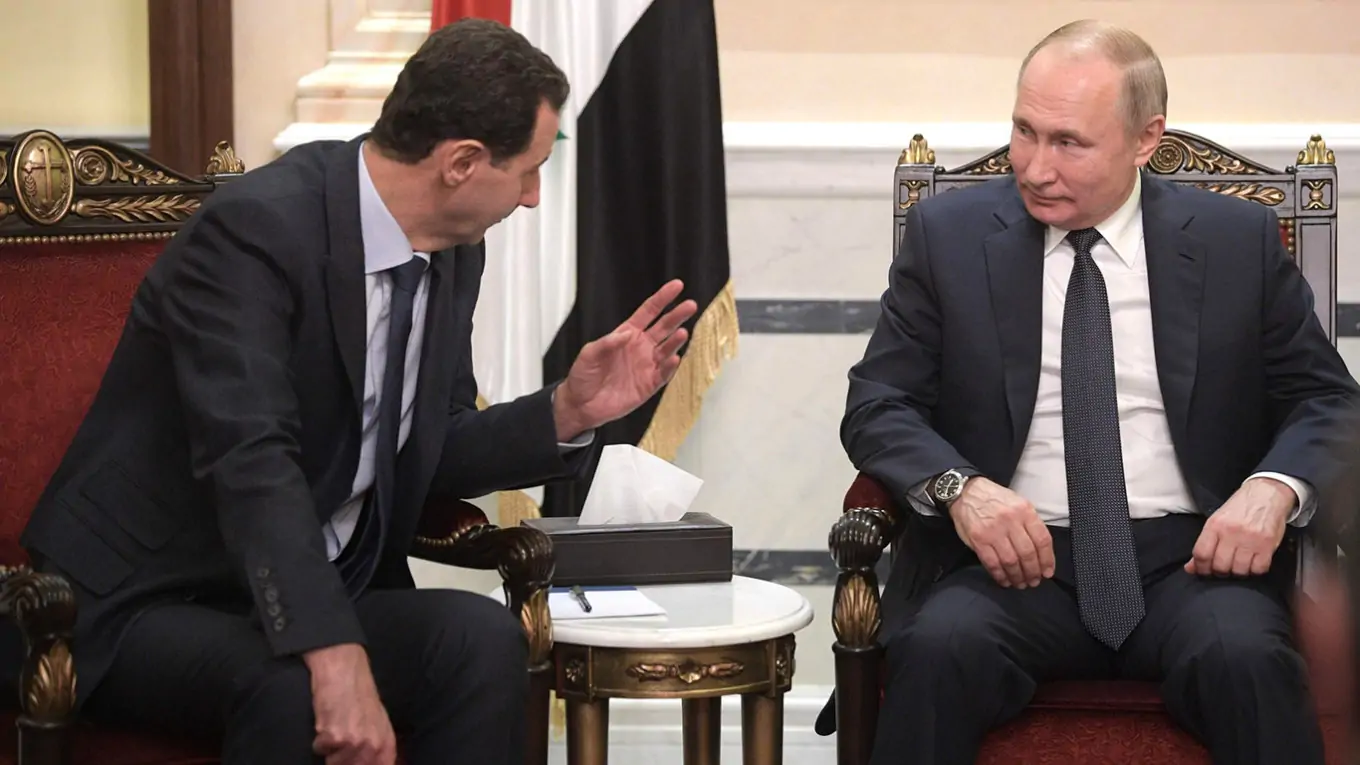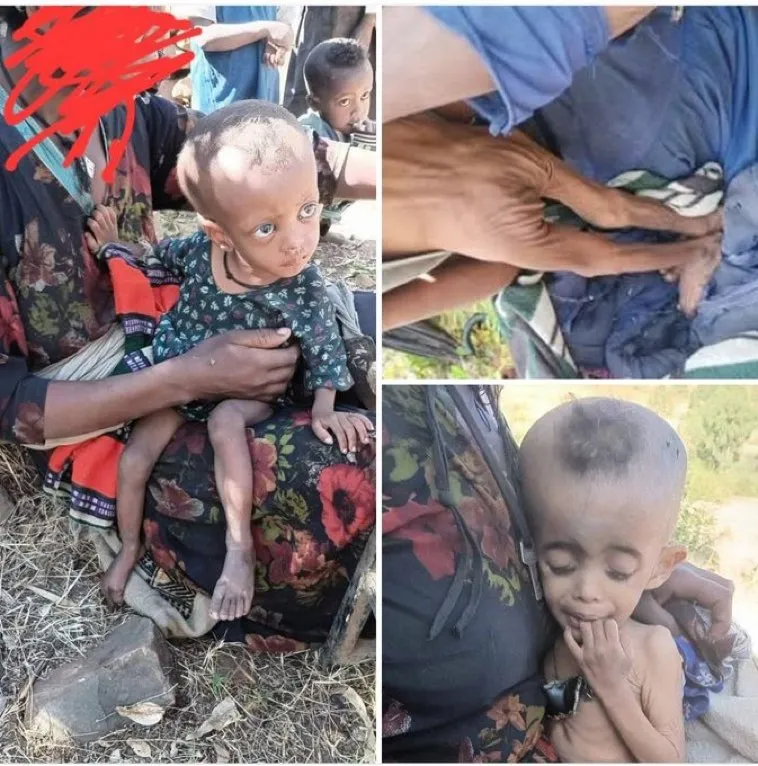
Lt. Col. Mengistu Haile Mariam is a significant figure in Ethiopian history. He was born on May 21, 1937, in Walayitta, Ethiopia. Mengistu came to power following the overthrow of Emperor Haile Selassie in 1974, when he became the chairman of the ruling military junta known as the Derg.
Mengistu’s regime was characterized by its Marxist-Leninist ideology and its brutal tactics to maintain control. Under his leadership, Ethiopia experienced a period of political repression, human rights abuses, and economic mismanagement. One of the most notorious events during his rule was the Red Terror, a campaign of violence and repression against perceived enemies of the state, which resulted in the deaths of thousands of people.
Mengistu’s government also pursued a centralized economic policy, which included nationalization of industries and collectivization of agriculture. However, these policies failed to bring about the desired economic development and instead contributed to widespread famine and poverty.
Internationally, Mengistu aligned Ethiopia with the Soviet Union and Cuba, receiving military and economic support from these countries.
In 1991, Mengistu was ousted from power by rebel forces, primarily the Ethiopian People’s Revolutionary Democratic Front (EPRDF). He fled to Zimbabwe, where he was granted asylum by the government of Robert Mugabe. He has remained in exile since then, and Ethiopia has sought his extradition to face charges of genocide and crimes against humanity.
Mengistu Haile Mariam’s legacy is highly controversial, with some Ethiopians viewing him as a patriotic leader who sought to modernize the country, while others see him as a ruthless dictator responsible for grave human rights abuses and economic devastation.
Rose to Position of Power
As a young man Mengistu joined the army and served as a private before attending Ethiopia’s Holeta Military Academy. He graduated in 1966 with the rank of second lieutenant and was assigned to the logistical and ordnance section of the Ethiopian army’s Third Division in Harar, a strategically important southwestern market town. By 1974 Mengistu had risen to the rank of major and had developed effective leadership skills which made him popular among his fellow junior officers and the rank and file of the Third Division. These talents proved important in his rise to the top of Ethiopia’s military government in the political vacuum during the revolution.
Mengistu rose to prominence as a result of the military’s key role in the Ethiopian revolution that in September 1974 deposed Emperor Haile Selassie, who had ruled Ethiopia since 1916. The revolution began in the wake of the 1973 oil crisis, revelations that the Haile Selassie government had covered up a major famine in the north, and general dissatisfaction in the modern sector with the rule of Ethiopia’s elite classes. In the rural south and west absentee landlords from the north imposed heavy taxes and tributes on peasant farmers whose lands had been conquered by northern armies a generation earlier. In the political vacuum which followed the fall of the imperial government Ethiopia’s military gradually took control, a process which culminated in the massacre of 60 members of the Haile Selassie government in November 1974.
Emerged as Leader
In the summer of 1974 the new 126-member Provisional Military Advisory Council (PMAC), or Derg, had nationalized many key foreign investments and declared a policy ofEthiopia Tikdem(Ethiopia First). In July 1974 the PMAC elected Mengistu as its chairman. When the PMAC was formally organized in September he was named first vice-chairman, a position he held until he took complete control in February 1977.
As the program of the PMAC grew more socialist in orientation between 1974 and 1977 struggles for power ensued in which higher ranking and conservative officers were pushed out by younger and more politically radical officers. Mengistu Haile Mariam emerged as the most effective—and ruthless—of these. Under his leadership the military government of socialist Ethiopia had made a number of social and economic reforms, including a major land reform in 1975 and large-scale nationalization of foreign-owned banks, factories, insurance companies, and agricultural projects. He was promoted to lieutenant colonel in 1976 and commander-in-chief of the Ethiopian armed forces in February 1977. During 1977 and 1978 the military government withstood a major challenge from radical students and bureaucrats during the period of the “Red Terror.” Many young Ethiopians were killed and imprisoned when the struggle for power between civilian and military factions erupted on the streets of the capital.
By the time Somalia invaded Ethiopia in 1977 Mengistu had become the dominant political figure in the country. When the United States refused to ship arms to the Ethiopian government to defend its eastern front with Somalia, Mengistu and the Ethiopian government turned to the former Soviet Union as their source of military hardware and political advice. After the defeat of the Somali army, Mengistu and the Ethiopian government aligned the country’s foreign policy and many internal programs toward the former Soviet Union and the Eastern bloc. Internally, Mengistu called for the collectivization of agriculture along Soviet lines and continued to push for a military solution to the problem of Eritrea, a former Italian colony and province of Ethiopia in which rebels had been fighting for independence since 1962.
Formed New Governing Body
In mid-1980 Mengistu announced the formation of COPWE (Committee to form the Party of the Workers of Ethiopia), intended to replace the PMAC as the ruling body of the country. Mengistu served as chairman of the executive and central committees of COPWE, whose seven-man central committee was made up of the PMAC’s own central committee with Mengistu at the head. COPWE served for four years as an arm of the government which paralleled many of the functions of the Council of Ministers and which prepared the ground for the announcement of a new socialist party. Many observers felt that Mengistu and other top military officials resisted pressure from the former Soviet government to form such a party since it represented a threat to Mengistu’s rule at the top.
Mengistu’s foreign policy followed closely that of his allies, and he was recognized by Fidel Castro of Cuba as a true revolutionary leader. Between 1977 and 1984 Mengistu made seven visits to the former Soviet Union, and a number of other visits to political allies Cuba, Libya, South Yemen, and Mozambique. From 1983 to 1984 Mengistu served as head of the Organization of African Unity, a result of Ethiopia having served as site for the 1982 OAU meetings.
In September 1984 the celebration of the tenth anniversary of the Ethiopian revolution culminated in the formal declaration of the Party of the Workers of Ethiopia, a Marxist-Leninist party designed to take over from the PMAC. Mengistu was named head of the party, retaining his titles as commander-in-chief, chairman of the PMAC, head of the Supreme Planning Council, and head of the Council of Ministers.
Used Military Force to Maintain Authority
Beginning in 1983 Ethiopia again faced a serious famine, possibly worse than the one that helped end the imperial government of Haile Selassie. In response, Mengistu’s government turned to the West for food and technical aid while retaining its strong military and diplomatic ties to the former Soviet Union. The problems of chronic famine in the north, the continued war in Eritrea, and the overall lack of growth in the Ethiopian economy forced Mengistu to rely more heavily on military authority and close political allies.
Unrest continued in the country. Mengistu maintained control through ruthless dealings with the rebellious guerrillas. Eventually rebel groups won decisive victories against his political factions. In 1991, Mengistu resigned and fled the capital city of Addis Ababa into exile.
Further Reading on Mengistu Haile Mariam
Details on the life of Mengistu Haile Mariam are not readily available. A number of books and articles, however, discuss his role in the Ethiopian revolution and the policies of socialist development and diplomacy for Ethiopia. For a description of the Ethiopian revolution see Fred Halliday and Maxine Molyneax,
The Ethiopian Revolution(1981) and Pliny the Middle Aged, “The Life and Times of the Derg” inNortheast African Studies5, 3 (1984).



















